What does a snake coiled around a staff have to do with medicine and doctors ?
We found out when we visited the Epidaurus, an ancient and celebrated healing center of the classical world. Famed and revered as far away as Rome as a place of miraculous healing, visitors came great distances to the Sanctuary of Asclepius, the god of medicine, to seek a cure for their ailments.
According to legend, Asclepius was the son of Apollo and was taken to Mt Pelion where the physician Chiron instructed him in the healing arts. Asclepius is typically represented as a kindly bearded man holding a serpent-entwined staff. The serpent, because it sheds and renews its skin, symbolizes rejuvenation and healing and the Rod of Asclepius was at some point adopted as one of the symbol of the medical profession. We had earlier seen a statue of Asclepius (with his telltale rod) in the National Archeological Museum in Athens.
Located in a small valley in the Argolis prefecture of the Peloponnese, Epidaurus is a vast site that provides valuable insight into the healing cults of Greek and Roman times. Starting around 350 BC, the cult of Asclepius became increasingly popular and pilgrims flocked to the sanctuary to be healed. The complex includes temples, hospital buildings (devoted to healing gods), gymnasium, stadium, baths and dormitories for pilgrims and patients. The principal monuments, the Temple of Asklepios, the Tholos and the Theater are considered some of the purest masterpieces of Greek architecture and date from the 4th century.
The treatment practised here seem to have depended as much on the influence of the mind upon the body, as on the purely physical. It is believed that patients were first given a pep talk by a priest on the powers of Asclepius. They then slept overnight in the abaton, a big sleeping hall. Their dreams held the key to the healing process. They reported their dreams to a priest the following day and he prescribed a cure, often involving a visit to the baths or a gymnasium. Since snakes were sacred to Asclepius, they were often used in healing rituals and it is believed that they actually used licks from snakes as one of the curative practices. Non-venomous snakes were left to crawl on the floor in dormitories where the sick and injured slept. Other treatments provided at the sanctuary involved diet instruction, herbal medicines and occasionally even surgery.
Popularity and success brought prosperity to the sanctuary, which in the 4th and 3rd centuries BC embarked on an ambitious building program for enlarging and reconstruction of monumental buildings and building a huge theater. The sanctuary also served as an entertainment venue and every four years, during the Festival of Asclepieia, it hosted dramas and athletic competitions. Today this 3rd-century theatre, is one of the best-preserved classical Greek buildings. It is renowned for its amazing acoustics and Greek plays that were first performed here over 2000 years ago are still staged here during the annual Hellenic Festival along with other more modern plays, opera and music!
Testing the acoustics at the ancient Epidaurus theater (video)
A small but excellent museum that is located between the sanctuary and the theatre, houses statues recovered from the site, stone inscriptions recording miraculous cures, surgical instruments, votive offerings and a partial reconstructions of the sanctuary’s once elaborate tholos. There’s not much in the way of written information but some of the statuary and the chunks of marble do hint at the sanctuary’s former status. After the theatre, the tholos is considered to have been the site’s most impressive building and fragments of beautiful, intricately carved reliefs from its ceiling are also displayed.
Since there are only a few buses plying each day between Nafplio and Epidaurus, we were careful about picking up a bus timetable for the route prior to leaving Nafplio. Getting to Epidaurus from Nafplio was easy, we were dropped directly outside the archeological site. But after a satisfactory tour of the site, we came back to to bus stop and waited in vain for over 45 minutes before giving up. We had no choice but to walk to the closest town Ligurio, which was at least 4 kms away. With few tourists visiting Epidauros in this season (and even fewer using public transport to get here), bus drivers seemed to bypass the little detour they need to make to reach the site. The town of Ligurio itself was totally dead in the middle of the day and we had trouble finding any open restaurant even on main street ! As it turned out we had just missed a bus and had to wait a couple of hours for the next one. We cheered ourselves with dessert.
Google Maps Link
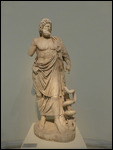
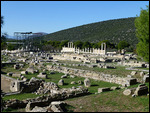
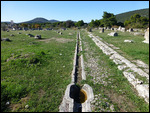

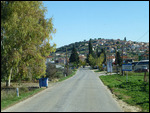
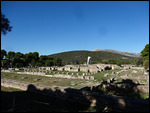

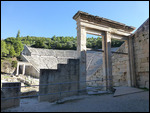
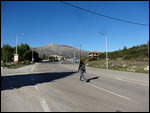

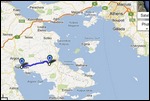
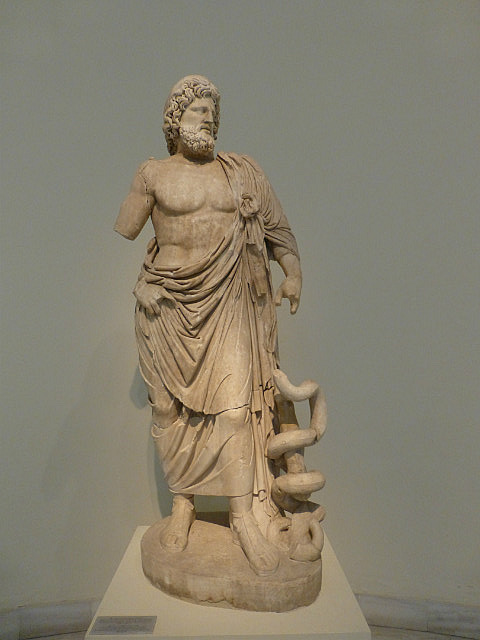
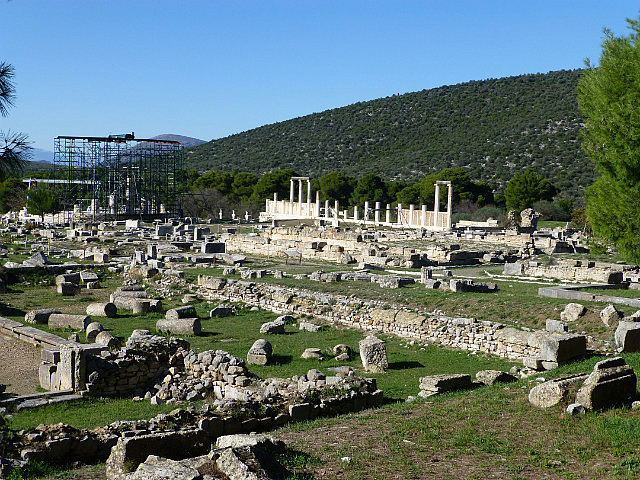
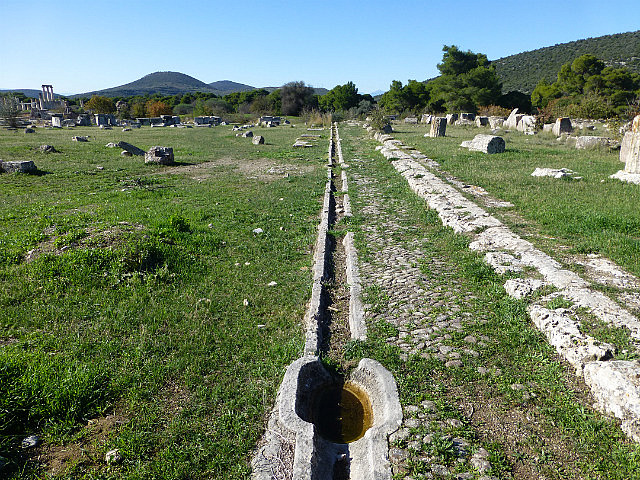
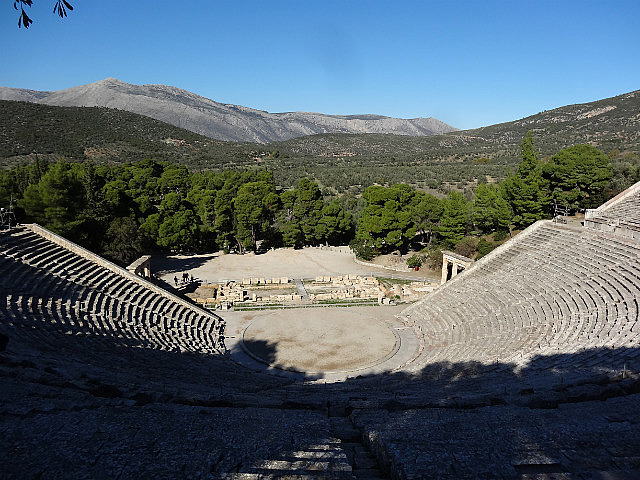

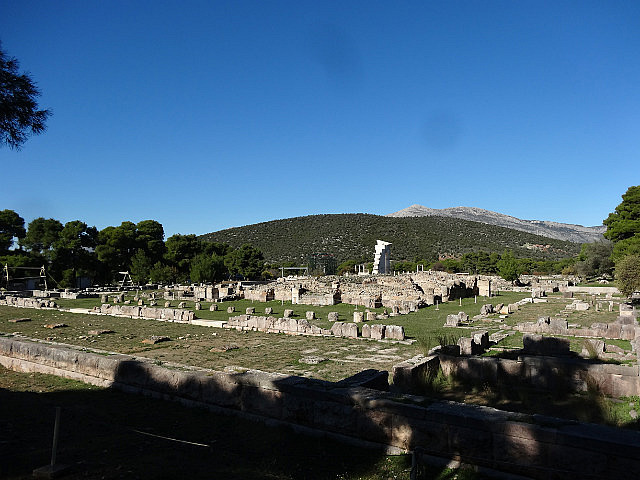
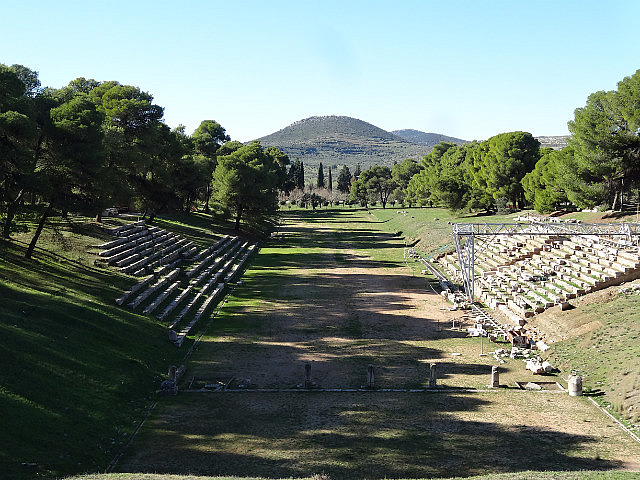
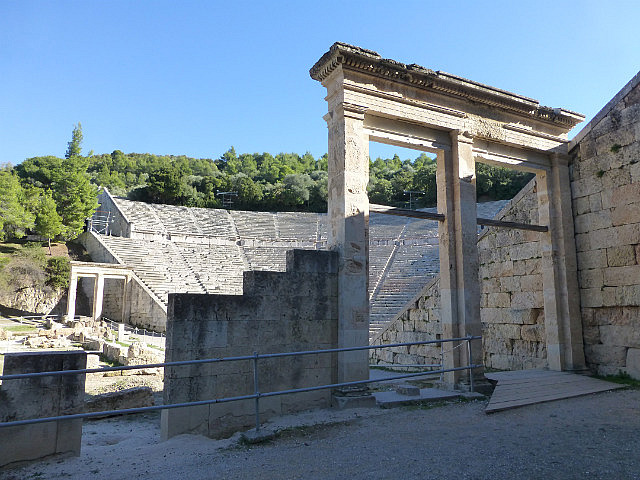
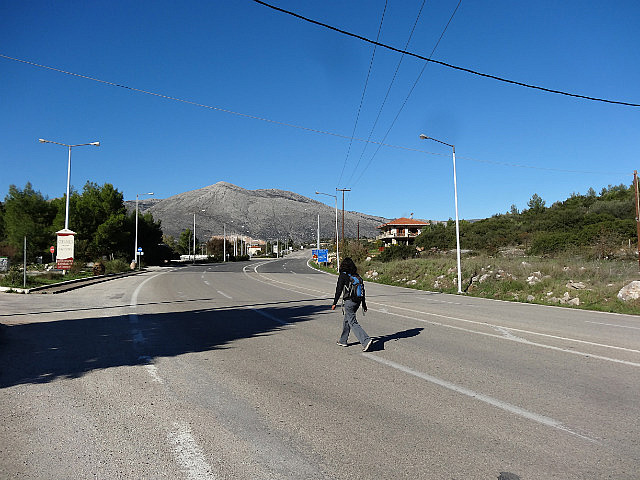
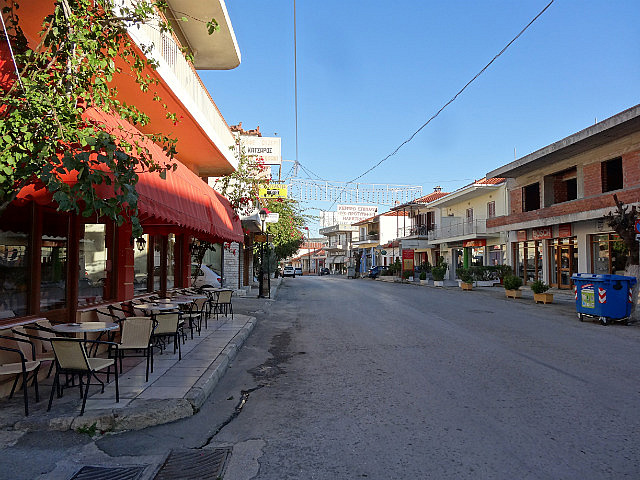
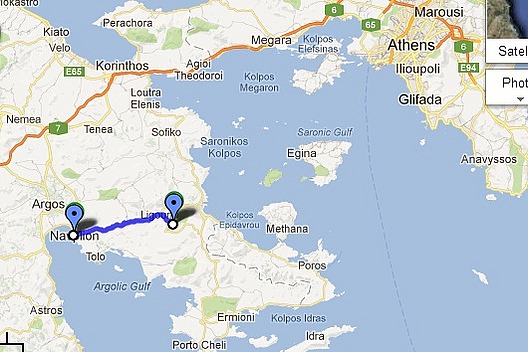
Comments